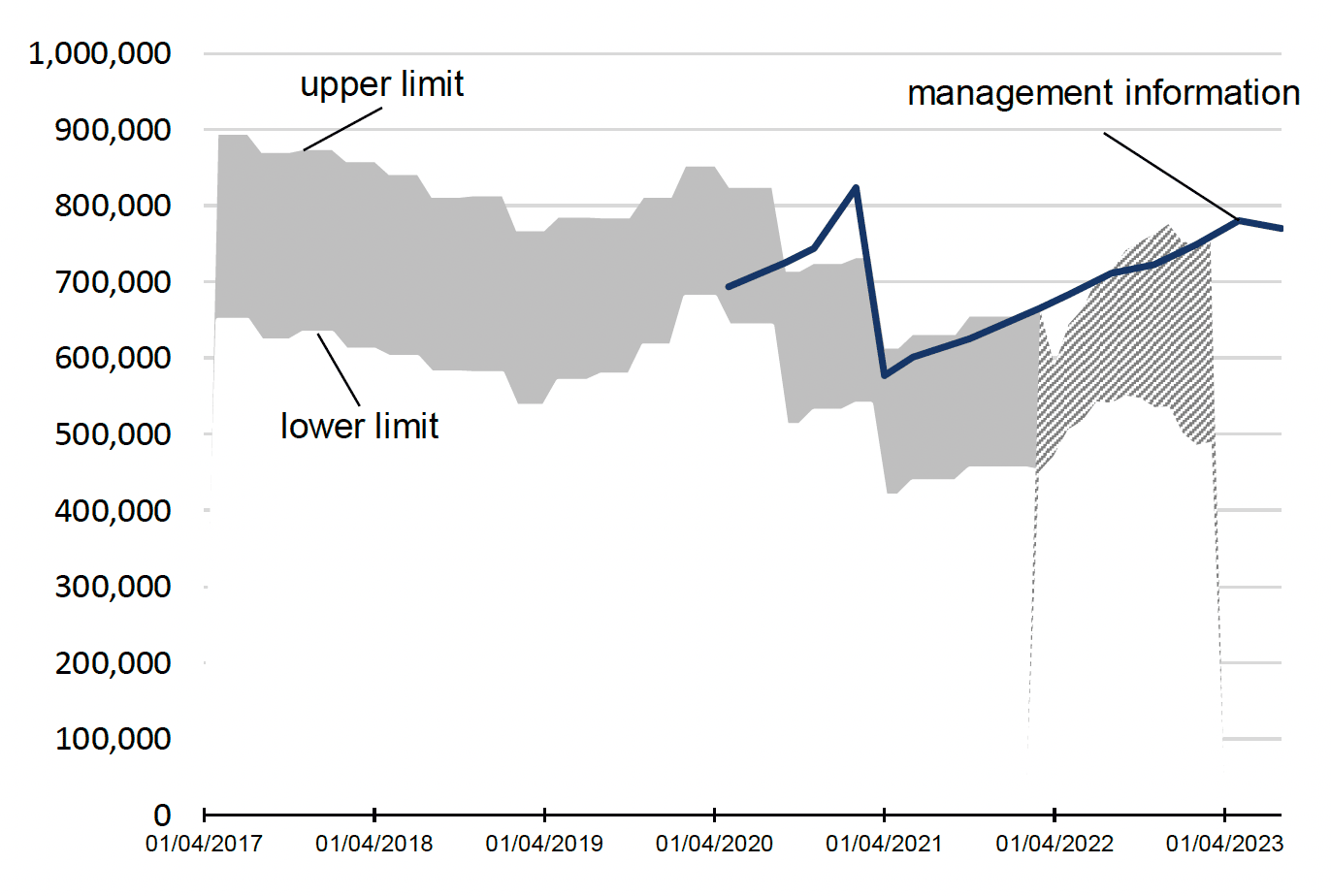Occasional paper: The Effect of COVID-19 on Community Payback Order Unpaid Work or Other Activity Requirements
This is an occasional statistical paper examining the effects of COVID-19 on Community Payback Order unpaid work or other activity requirements at Scotland level.
Executive Summary
Community payback order (CPO) unpaid work or other activity requirements are continuously being imposed and, at the same time, existing requirements are being completed. Therefore, there are always unpaid work hours that are being progressed and always outstanding hours in the system due to the time taken to do this work.
In the three years before the pandemic, there were 37,000 CPOs imposed with unpaid work or other activity requirements totalling 4.7 million hours in Scotland. The management of this activity is undertaken by local authority justice social workers.
The aim of this paper is to explore how the pandemic affected the ability to process unpaid work or other activity requirements. (For the purposes of this paper, the unpaid work or other activity will be referred to as “unpaid work). A mathematical model estimates the outstanding unpaid work hours in the system before the pandemic. It then compares this model to management data collected throughout the pandemic. The aim is to understand how outstanding hours were affected by the pandemic.

The mathematical model
The above graph illustrates a mathematical model that estimates the number of unpaid work hours outstanding for CPOs at Scotland level between 1 April 2017 to 31 March 2023. It covers the pandemic years (2020-21, 2021-22). The management information was collected from local authorities from May 2020 to August 2023.
The dark line on the graph is the management information. It shows a truer reflection of what was happening at specific points in time. The line is to be compared to the grey area on the graph, which estimates the outstanding unpaid work hours. The model estimates that the outstanding unpaid hours value would lies somewhere between the upper and lower limits. Comparing the model and the management information allows us to see what effect Covid-19 restrictions had on CPOs’ unpaid work hours.
Findings
Using an estimation model is necessary, as some of the information required is not available from existing data sources. The model estimates that pre-pandemic (before March 2020) there were more than 500,000 hours outstanding at any one time, in the usual processing of unpaid work hours.
The model shows two distinct dips. Firstly, very few CPOs were issued due to many Scottish courts being closed due to the first national lockdown (March 2020). Then, the Community Orders (Coronavirus) (Scotland) Regulations 2021 legislation reduced the number of hours imposed in relevant orders (with some exceptions) by 35 per cent (March 2021). This legislation reduced the overall volume of hours to be delivered and ensure the continued effective operation of the community justice system.
The model assumes that local authorities were still able to continuously process unpaid work hours during this time ie not effected by national lockdowns. It also takes into account longer processing times during the pandemic years .The management information shows the reality of local authorities working within the social restriction requirements of the pandemic, with the outstanding unpaid work hours increasing until March 2021. The highest point of outstanding hours was 820,000. When the Coronavirus Regulations came into force, directly reducing hours, it became the lowest point in the time series at 580,000.
From April 2021, both the model and management information show the outstanding unpaid work hours increasing. This is due to CPOs increasing from 2020-21 onwards. The model finishes in March 2023.
In 2022-23, the management data mostly lies inside the grey area of the model, but it is nearer the upper limit of the model. The upper limit assumes that nearly all unsuccessful requirements had no hours completed, which is unlikely to be the case in reality. The model takes into account the longer time it took to process the hours during years impacted by Covid-19, but not the full effect of social restrictions due to the pandemic. If there was no backlog due to the pandemic, the management information line would lie more in the middle of the upper and lower limits of the graph. This indicates that the backlog created by the Covid-19 pandemic is still influencing the outstanding unpaid work hours in March 2023 at a national level. This cannot be quantified exactly due to the continuous nature of processing of unpaid work requirements.
Contact
Email: Justice_Analysts@gov.scot
There is a problem
Thanks for your feedback